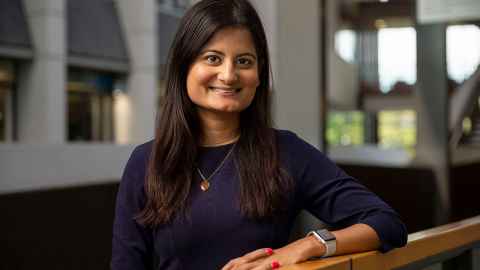Comfort food in lockdown: new research on our unhealthy eating
22 November 2021
We all guessed comfort eating surged during lockdown. New research suggests just how much.

About 76 percent of respondents to the “Covid Kai Survey” said they chose “comforting” recipes during lockdown, up from 59 percent pre-lockdown.
“Comfort foods can be a boost for your mood, especially during periods of social isolation, but the downside can be a worse diet,” says researcher and registered dietitian Dr Rajshri Roy, of the Discipline of Nutrition and Dietetics in the Faculty of Medical and Health Sciences.
“The simple carbohydrates, added sugars, saturated fat, and salt that often turn up in high levels in comfort meals and snacks can be less healthy, especially with extended periods of lockdown and comfort eating.”
The research is based on 2,997 responses to an online survey during last year’s lockdown. Overall, the study, just published in the journal Nutrients, showed less healthy dietary patterns for the majority who selected “comforting” recipes than for the minority who didn’t.
In other findings:
- Nadia Lim, the television celebrity chef and dietitian known for shows including Nadia’s Comfort Kitchen, was the single person, organisation or brand with the most influence over recipe selection.
- The proportion of people influenced by celebrity cooks in their recipe choices rose during lockdown to about 5 percent from about 3 percent.
- Individuals swayed by food influencers were more likely to have vegan diets, highlighting the potential for using influencers to encourage people to move toward plant-based diets.
Dr Sarah Gerritsen, who led the Covid Kai survey team from the School of Population Health, says people who reported being influenced by nutrition and health experts had healthier dietary patterns both before and during the lockdown.
“We should remember, too, that there are healthy home-cooked versions of ‘comfort food,’ including recipes promoted by nutrition experts,” she says.
Talking about the implications of the study, Dr Roy says public health messages and educational campaigns could be tailored more closely to the factors that are most influencing people’s food choices.
The study is a snapshot but doesn’t match the New Zealand population, because respondents were predominantly university-educated Pākeha/European women, with Māori and Pacific people under-represented.
Media contact
Paul Panckhurst | media adviser
M: 022 032 8475
E: paul.panckhurst@auckland.ac.nz